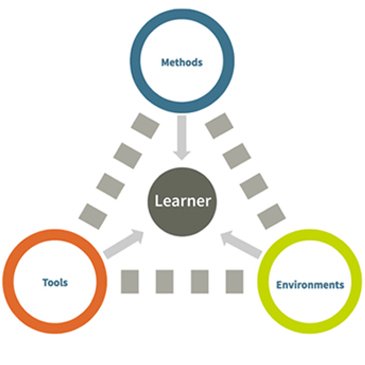Engaging Spaces
Flexible. Adaptable. Inclusive. This is the 21st Century classroom.
Engaging spaces are never just about new furniture, the latest technology, or the physical space in a room. Engaging spaces are those in which students – no matter their learning style, background, or past performance – feel welcomed, included, and supported. The modern classroom is a safe and flexible space designed to make students comfortable about getting involved and taking risks in their pursuit of knowledge and skills.
Meteor Modernization Method

M3 – Engaging spaces are created around the concept of inclusiveness. These flexible environments invite universal learner participation by adapting to accommodate every kind of learning style and preference. Light, sound, space, technology, and furnishings are configured into modern spaces that meet the 21st Century teaching and learning needs of every single student.
LEARN HOW TO CREATE HIGH-IMPACT LEARNING SPACES
Engaging Spaces Design Studio
Innovation for Modern Learning Experiences and Environments
Our design studio approach connects your thinking with our experts in teaching methods, classroom environments, tool integration, and teacher-student relationships. Together, we explore solutions to your needs, by design.
Our experts will help you create innovative learning environments and experiences that address the essential human needs of all types of learning scenarios:
- Small and large groups of students
- Visual and aural learning styles
- Collaborative and 1:1 lessons
- Noisy and quiet spaces
- Context- and sequence-based instruction

LEARN HOW TO CREATE HIGH-IMPACT LEARNING SPACES
Meteor Metric
Measuring Beyond-the-Bell Engagement
Engaging spaces provide an accommodating and supportive environment in which each student can learn according to their preferences and individual learning needs. This creates a deeper engagement with the learning experience, which in turn encourages students to linger longer after the lesson.
“Classroom Ecosystems which mirror real-world collaboration were found to increase student learning +20%.”
– P.S.Barrett, Y. Zhang, J. Moffat and K.Kobbacy (2012)
